Is Elon Musk owning Twitter bullish for crypto?
This week, our blockchain experts assessed the following topics:
- Is Elon Musk owning Twitter bullish for crypto?
- Bitcoin Hash rate all-time high and miners are still struggling?
- Traditional Tech is increasingly integrating with Web3
- Are CBDCs ever going to really take off?
Our bi-weekly Crypto Industry Report provides you with valuable information on the global crypto industry – picked and analysed by our blockchain experts.
Is Elon Musk owning Twitter bullish for crypto?
Elon Musk’s actions have once again had repercussions for the wider crypto space. This time, Dogecoin rose by more than 70% in 24 hours, driven by the news that Musk had closed a $44 billion deal to take over Twitter. All in all, Musk’s favourite meme currency experienced a 150% surge from October 25-29.
Elon Musk is a long-time fan of the meme coin, which began as a joke in 2013. He even refers to DOGE as the “people’s crypto.” Because of this popular endorsement, Dogecoin could actually end up being more than just a joke. The multi-faceted entrepreneur has even entertained the idea of using DOGE as a payment method to purchase the Twitter blue tick. Also, Tesla has already been accepting dogecoin payments since early this year. And in 2021, SpaceX reported that it would accept payments in DOGE to send a satellite to the moon.
The question of the hour is: Will Musk owning Twitter have any other, more serious impact on the adoption of digital assets? In the short-term, in any case, we can assess that Dogecoin isn’t the only coin that rallied from Elon Musk’s Twitter takeover. BNB hit a new all-time high against Bitcoin when the BNB/BTC ratio climbed to a record $0.15267 BTC on October 30. The coin’s performance has most likely been driven by the fact that Binance contributed $500 million to Musk’s Twitter takeover as an equity investor. Moreover, Binance plans to help Musk eliminate bots on Twitter. The crypto company believes Twitter could merge social media and Web3 under the leadership of Musk, facilitating crypto and blockchain adoption.
As a matter of fact, Elon Musk’s Twitter takeover could impact the crypto space in various ways. However, it’s uncertain how exactly this will happen since the billionaire is known for saying something one day and changing it later. For instance, he considered leveraging the blockchain to boost free speech and minimise spam on the platform but later said “Blockchain Twitter isn’t possible.” Nonetheless, the social media platform has so far announced plans to enable users to purchase, sell, and display NFTs directly via tweets in collaboration with four NFT marketplaces — Magic Eden, Jump.trade, Rarible, and Dapper Labs. This could indicate some seriousness on Twitter’s part in incorporating crypto on the platform. The integration of digital payments on the platform is another possible crypto use case. As it stands, tipping with bitcoin over the Lightning Network for example has already been possible for quite some time.
Bitcoin Hash rate all-time high and miners are still struggling?
The bitcoin mining hash rate is at an all-time high since miners have considerably increased their hashing capacity over the last 12 months. Based on a report by Hashrate Index, public miners have boosted their hashing capacity by 295% from 15 exhashes per second (EH/s) to 58 in October 2022. On the other hand, the capacity of private miners has grown by 58% from 134 to 177 EH/s. Overall, the percentage of public miners in comparison to private miners has grown on the Bitcoin network. And yes, this capacity increase means that the security of the Bitcoin network is higher than ever.
Many Bitcoin mining companies went public in 2021 during the bull market. At the beginning of 2021, only 2 Bitcoin mining companies were listed on Nasdaq. By the end of that year, this number had grown to 16. By going public, these companies were able to access capital, which they used to expand their capacity and operations. Unfortunately, the bear market set in this year, creating problems for public miners. As a result, some publicly-traded companies are showing signs of stress. For instance, Compute North filed for bankruptcy in September. The following month, Core Scientific issued a bankruptcy warning. The company’s stock had lost 97% of its value by October 27. Another public miner, Argo Blockchain, experienced a 40% drop in its share price after calling off plans to raise $27 million and take to selling ASIC mining machines to shore up liquidity.
Various factors are to blame for the sinking revenues and compressed profit margins. They include the falling Bitcoin price, the rising network difficulty, supply chain disruptions, higher electricity costs, and the declining transaction fee per block. Capital has also dried up due to the decrease in Bitcoin’s price. The bright side of this ordeal is that only the strongest and most efficient miners will live to tell the tale of how they survived the Great Miner Squeeze of 2022.
Traditional Tech is increasingly integrating with Web3
Recent news depicts that traditional tech companies are taking web3 and crypto seriously. For example, Google Cloud has announced a blockchain node hosting engine starting with the Ethereum blockchain. Moreover, Visa filed 2 trademark applications on October 22 for digital wallets, the metaverse, and NFTs. Section one of the trademark application relates to software for the “management of digital transactions.” The application also relates to a series of NFT collectibles. American Express and the New York Stock Exchange (NYSE) have already made similar trademark applications earlier this year.
Last but not least, Apple has updated its NFT guidelines within App Store. The tech giant allows the viewing and use of NFTs, but content cannot be unlocked behind it, and purchases can only take place in-app.
“Apps may use in-app purchases to buy and sell services related to non-fungible tokens (NFTs)…[and] may allow users to view their own NFTs, provided that NFT ownership does not unlock features or functionality within the app. Apps may allow users to browse NFT collections owned by others, provided that the apps may not include buttons, external links, or other calls to action that direct customers to purchasing mechanisms other than in-app purchase,” the guidelines say.
Apple’s move has received both praise and criticism because, on the one hand, Apple is promoting NFT adoption while, on the other, it's restricting the use of NFTs to unlock features within the app and is applying a commission of 30% on in-app NFT purchases. This could affect the functionality of web3 apps, including games within the Apple ecosystem.
As the tech sector embraces web3, tech talent is also moving to the crypto space, particularly to early-stage web3 companies. The tech talent is migrating from the tech sector to web3 as companies such as Google, Netflix, Apple, and others make massive job cuts due to the growing inflation and looming recession.
Are CBDCs ever going to really take off?
Also, towards the end of 2022, CBDC are still a hot topic. 91 central banks have shown an interest in retail CBDCs either through issuing this form of digital currency, implementing pilot projects, or conducting experiments and research. This indicates a rising fascination with CBDCs among central bankers. Kazakhstan is one of the most recent countries to reveal plans for a CBDC project. The country said it will launch its central bank digital currency (CBDC) on the BNB Chain, which is not the most decentralised blockchain but still a permissionless one.
Another recent development saw Hong Kong present an Aurum retail CBDC prototype on October 21. Aurum comprises a retail e-wallet and wholesale interbank system. The project was developed in partnership with Bank for International Settlements (BIS) Innovation Hub. BIS is the international organisation that serves as a “central bank” for many central banks around the world.
Despite the growing interest, CBDC projects haven’t progressed much, with most either being in the prototype or pilot stages. Also, it appears that central bankers don’t have a clear vision for CBDC use cases just yet. At the Central Banking’s Autumn Meetings in Miami, central bankers were unclear about the future of CBDCs although it seemingly is the most popular topic in central banking. One central banker said: “Everybody’s trying to identify concepts. There’s still not a clear business happening.” That said, one of the few CBDCs that have gone live is struggling. Nigeria’s eNaira, which launched last year, has only achieved 0.5% adoption despite the high rate of crypto adoption in the country.
Retail CBDCs are the most common among central bankers, but some jurisdiction focus on wholesale CBDCs. India is one of the countries trying out this CBDC version. The country introduced a pilot wholesale CBDC project on November 1. As of October 29, 11 central banks were experimenting with wholesale CBDCs.
When it comes to theory, and this theory is well established by now, there are 3 types of wholesale CBDCs experiments being explored. They include domestic payments system-focused wholesale CBDC experiments, cross-border payments-focused wholesale CBDC experiments, and securities settlement system-focused wholesale CBDC experiments. Time will tell which of these versions will materialise in a meaningful way.
While wholesale CBDCs could be a more realistic version, especially in the Western world, China is taking a step further with its retail CBDC, e-CNY. The country held the largest cross-border CBDC trial in late October as it seeks to globalise Yuan. According to a BIS report, the e-CNY “was the most issued, and actively transacted token in the $22 million pilot that used CBDCs to settle cross-border trades.”
Share post
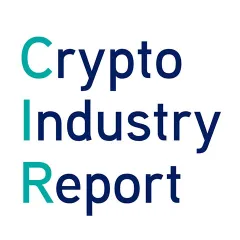
Related Posts
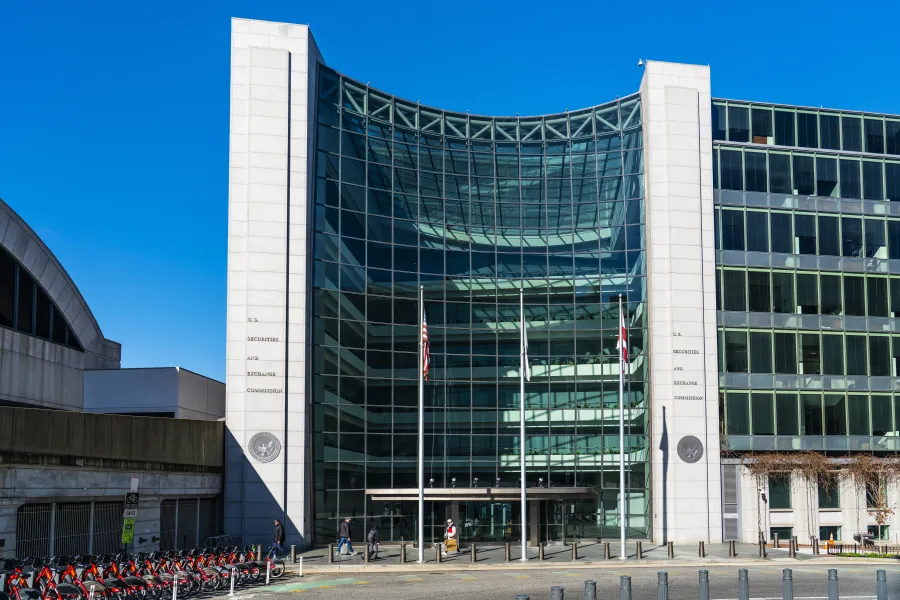
To be continued: SEC pushes back at Coinbase
SEC pushes back against Coinbase's claim of no regulatory jurisdiction, stating the crypto exchange knowingly violated securities laws. Meanwhile, Gemini, owned by the Winklevoss twins, files a lawsuit against Digital Currency Group and CEO Barry Silbert alleging fraud and deception following the collapse of a lending venture. The Bank for International Settlements survey reveals that 93% of central banks are working on Central Bank Digital Currencies (CBDCs) which are seen as potential geopolitical policy tools and a challenge to the dollar's dominance. The race for a Bitcoin ETF intensifies, with BlackRock refiling its application featuring Coinbase as the market surveillance partner, as the Grayscale Bitcoin Trust's discount to net asset value narrows, potentially indicating the transformation into a proper ETF.

BlackRock fever: The ETF filing spree and institutional appetite
BlackRock filed for a Bitcoin ETF with the SEC, inspiring similar applications from firms like WisdomTree, Invesco, and Fidelity, and boosting Bitcoin's value. Traditional finance institutions such as Fidelity and Nasdaq are showing increased interest in crypto, with moves towards exchange and custody services. The defunct crypto exchange FTX, under new CEO John Ray III, is planning a potential revival after recovering significant assets. Meanwhile, the IMF is developing a global CBDC platform for cross-border transactions and DAI, a major stablecoin, is diversifying its backing from USDC to include real-world assets.

SWIFT explores blockchain interoperability
SWIFT has partnered with Chainlink to experiment with leveraging its infrastructure for transferring tokenized value across blockchain networks. The trials will address interoperability, regulatory challenges, and operational drawbacks for financial institutions in a blockchain environment. Chainlink will provide connectivity between private and public blockchains. SWIFT's findings will be published later this year.

China wants an Internet 3.0, while Hong Kong gears up for crypto trading launch
China is striving for advancement in Internet 3.0 technologies, with Beijing's white paper outlining plans to invest in the development of the metaverse and Web3 tech such as non-fungible tokens, but not cryptocurrencies due to the country's previous ban. Meanwhile, Hong Kong is launching its new crypto trading regulations, allowing retail investors to participate from June 1, 2023, with exchanges like Huobi Hong Kong beginning to offer spot trading to retail and institutional clients. Furthermore, the Cybersecurity and Technology Crime Bureau of the Hong Kong Police Force is launching a metaverse platform, 'CyberDefender', to educate the public about potential threats and crime prevention in the metaverse.
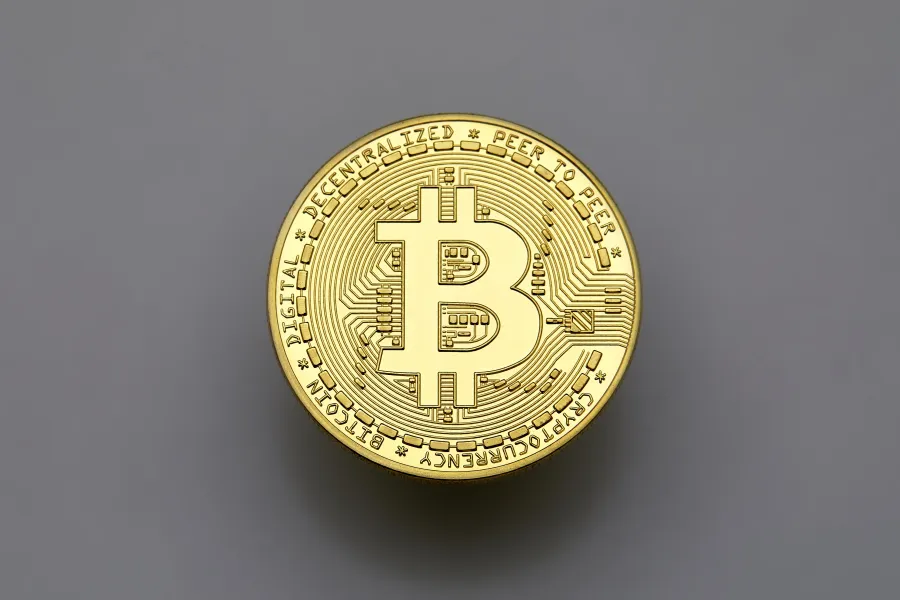
BRC-20: Innovating on Bitcoin is the new cool
A new Bitcoin “token standard” called BRC-20 is the hottest thing right now in the crypto space. It was introduced in March 2023 by a pseudonymous person called Domo. Bitcoin Request for Comment 20 (BRC-20) is an experiment that brings fungible tokens to the Bitcoin blockchain using the Ordinals protocol. Ordinals rely on ordinal theory, enabling the identification and tracking of individual satoshis within Bitcoin's existing supply, while also allowing them to be inscribed (associated) with data. Through this technique, satoshis (sats) are given ordinal numbers starting with zero. Anyone can add a script file to a sat to create and transfer a BRC-20 token on the Bitcoin blockchain. BRC-20 tokens are created using three functions: deploy, mint, and transfer.
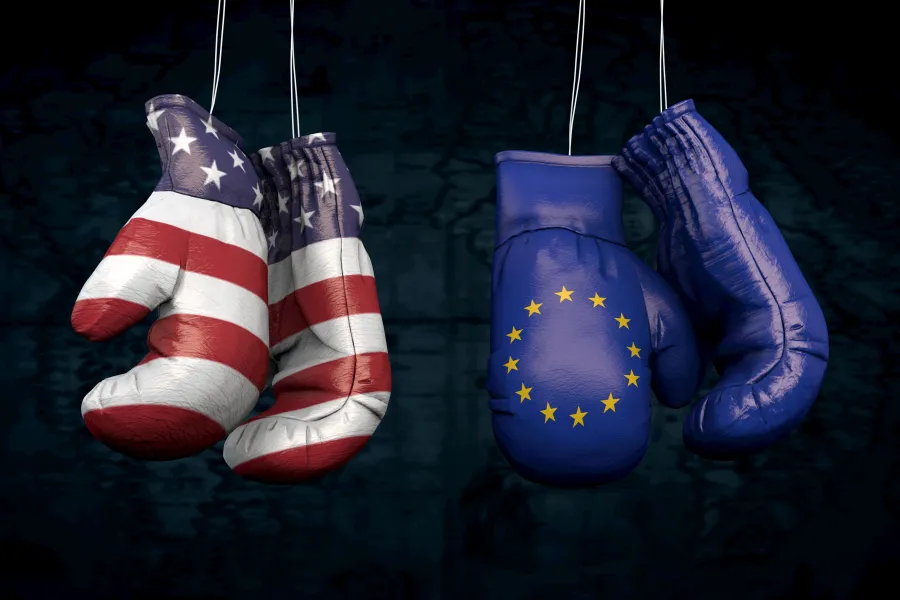
US versus EU: Giants fighting for regulatory clarity
It is official now: The European Parliament voted overwhelmingly in favour of Markets in Crypto Assets (MiCA), legislation that will guide the crypto sector in all 27 European Union member states. 517 parliament members voted for it, while 38 voted against it. This approval makes Europe the first continent with comprehensive rules for cryptocurrencies. Also, it means that all EU member states will have unified crypto regulations. So, if a crypto business is approved in one EU member country, it could easily expand operations to another member state. The EU’s milestone was lauded by Binance as well as Kraken and Coinbase.
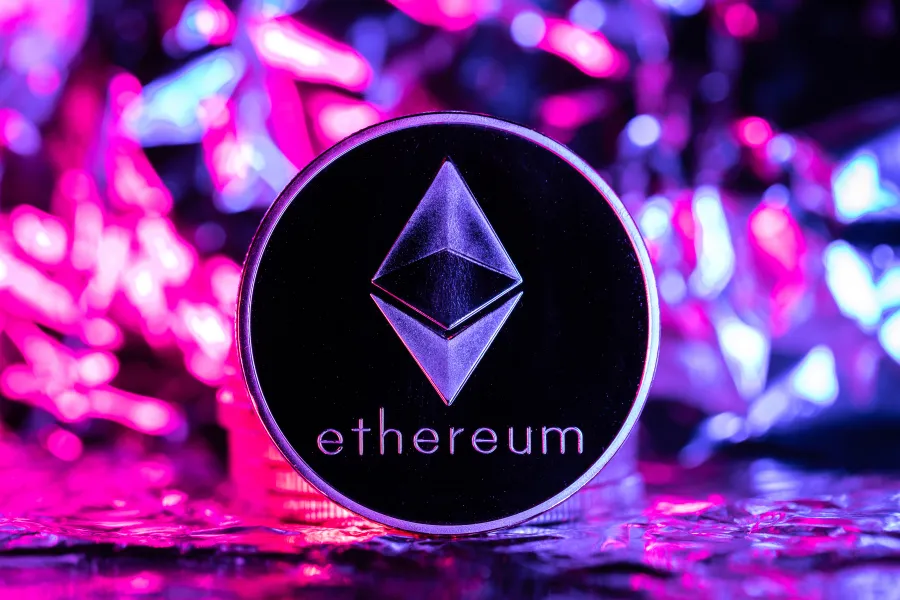
Ethereum: Another milestone reached with the Shanghai Update
On April 12, 2023, Ethereum successfully executed the planned Shanghai update also known as Shapella. The upgrade allows validators to unstake their staked ETH and withdraw their rewards, as well as staked ether if chosen. Now that another level of uncertainty has waned for the biggest smart contract blockchain, this new feature could attract more investors to stake their ether.

CFTC versus Binance:
Clash of the titans
The world’s leading crypto exchange by volume, Binance, alongside its CEO, Changpeng Zhao, and ex-Chief Compliance Officer, Samuel Lim, are being sued by the US Commodity Futures Trading Commission (CFTC).
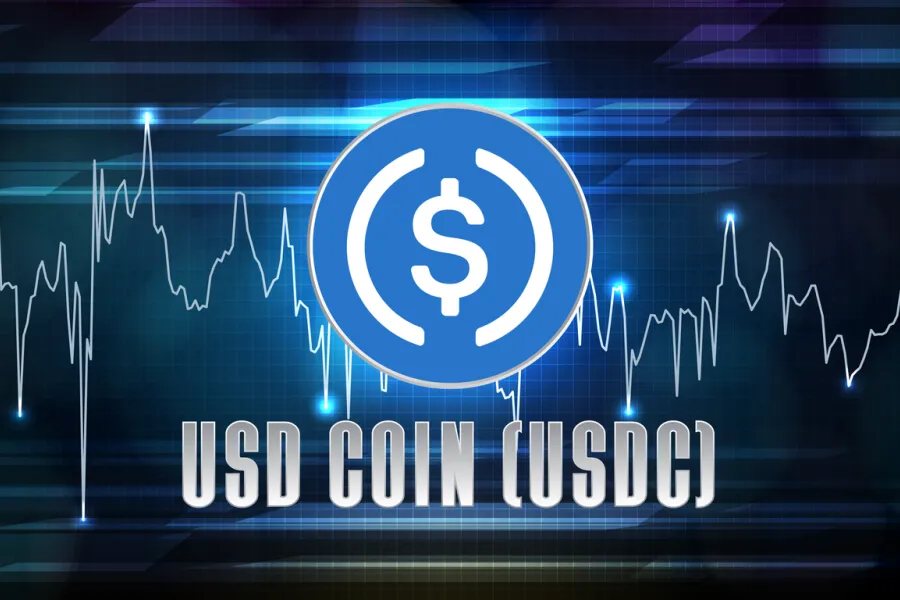
Stablecoin USDC briefly lost its
peg. What do we learn from this?
One of the top stablecoins by market cap, USD Coin (USDC), de-pegged briefly from the US dollar on March 11 following the collapse of Silicon Valley Bank (SVB). Circle, the stablecoin’s issuer, held $3.3 billion in USDC reserves with the bank, which caused panic as investors rushed to withdraw their funds, assuming USDC could implode because of insufficient backing. However, the amount represented less than 8% of the stablecoin’s reserves.

Ethereum Shanghai upgrade pushed to April: Will there be too much selling pressure?
Ethereum stakers have been eagerly awaiting the Shanghai upgrade, which will enable them to withdraw their staked ether. Stakers’ funds have been locked since Ethereum introduced the proof-of-stake Beacon Chain in December 2020. The upgrade was originally slated to take place sometime in March but was pushed by about two weeks to April during a recent execution layer meeting.